AR technology is finally getting the attention it deserves and tech giants are racing each other when it comes to advancing the technology and devices behind it. Soon enough, AR gadgets will be used in several professions, making jobs easier with more accessible information.
1. Healthcare
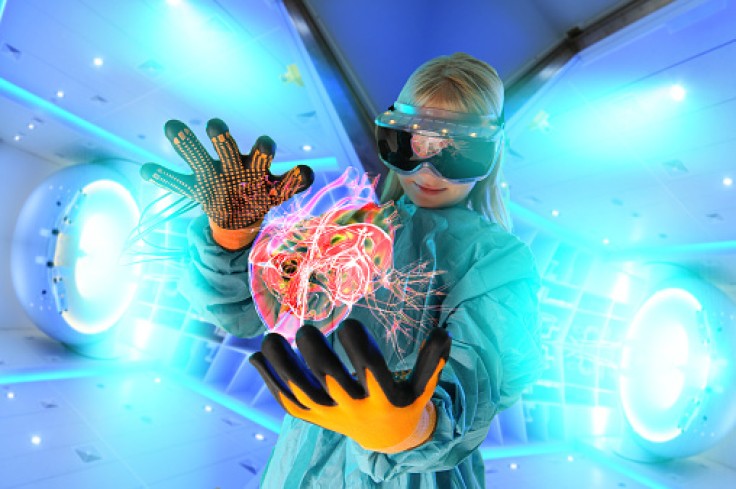
AR headsets alone can already make a huge difference when medical practitioners are able to study a person's anatomy through augmented reality. They can further immerse themselves into it as opposed to studying two-dimensional images from a page or a screen.
However, technology may be able to take things further in the future. Ultrasounds and MRI scans could be translated into three-dimensional visuals where surgeons can study the results, effectively creating surgical plans with more visible projections.
2. Education
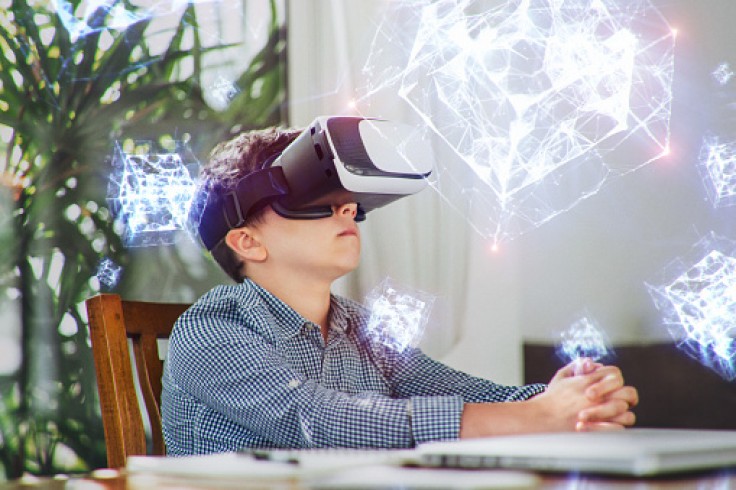
It would be a huge change in the academic sector once AR technology has been integrated into the curriculum. Subjects like science can be taught with figures that students can interact with, geometry could be easier to comprehend, and so on.
It could also solve attention issues that come with the culture of classes being perceived as "boring." Bringing in more interactive ways to learn can encourage students to participate in classes more enthusiastically, as well as stimulate the brain with colorful visual aids.
3. Architecture and Engineering
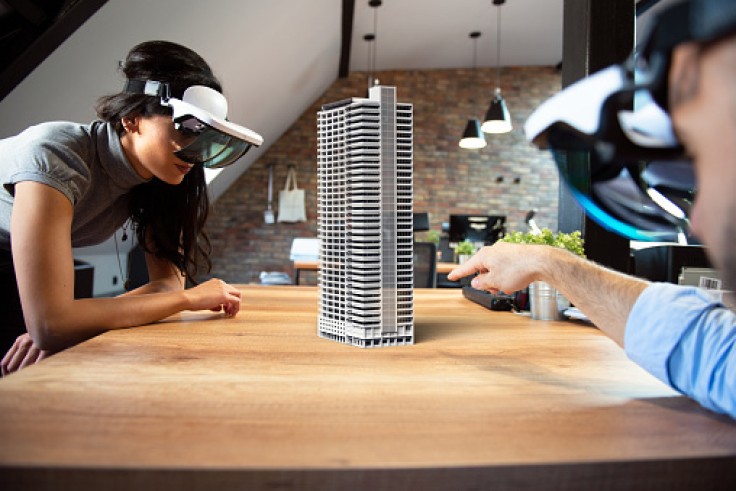
The artistic and brilliant minds of architects and engineers allow them to visualize design concepts in their heads and bring them to life on paper. There are also various software that allow them to create 3D versions of their designs, but at the end of the day, it's still just a screen.
With augmented reality, they can look at their concepts and designs from all sides and create modifications easily. They can even augment the actual size of a structure on a vacant space to perceive more accurate measurements, helping them adjust dimensions in the process.
4. Military
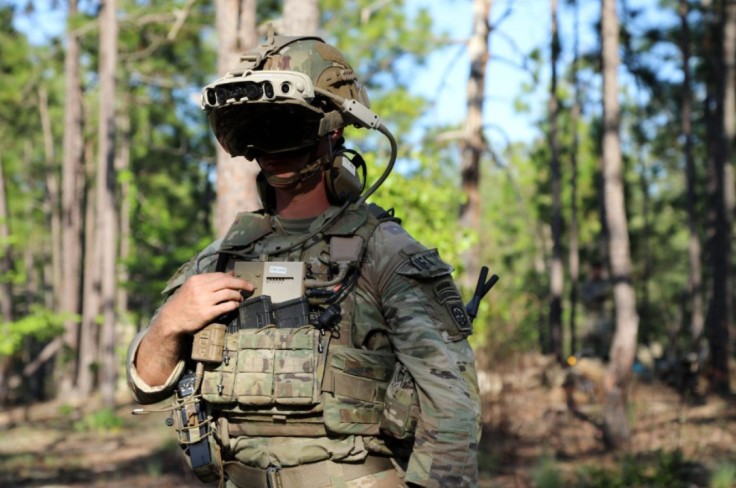
AR technology is already being used for military purposes. Microsoft engineers have been working on the HoloLens to allow soldiers to train in more realistic scenarios, preparing them for what they will encounter in the actual field.
Still, there are more ways that AR can help soldiers. For instance, a small map can be included in the information displayed on the lens so the solder can be aware of their location constantly. GPS technology can be used to make that happen.
It will be like a minimap you can usually find in open-world video games. They can also be informed about the kind of terrain they will be walking into, which can be helpful, especially at night when it's dark and visual information is very limited.
5. Space
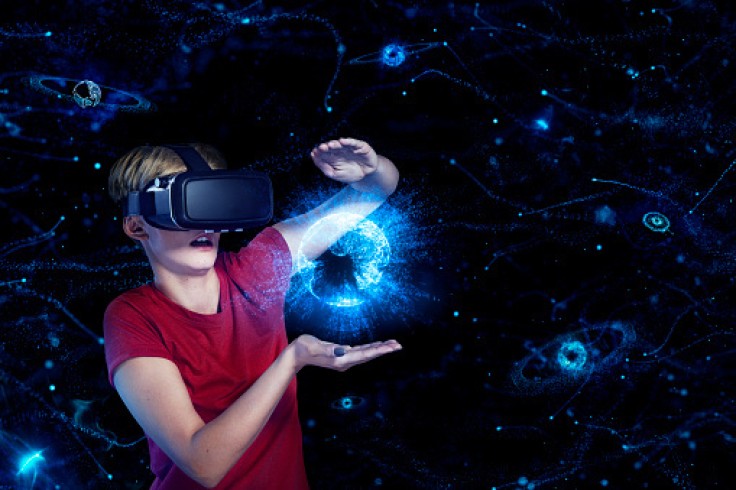
AR can be used by scientists and researchers to study the cosmos in a more comprehensive way. For instance, all the data from space can be compiled to create a three-dimensional image that experts and even space enthusiasts can study, such as a rendering of an asteroid belt.
It can also be used to study geological data from other planets. For example, scientists from NASA are trying to study the Red Planet to see if the rock formations show signs of water from ancient Mars. A 3D visualization of the acquired data would make it easier to study the grounds.









